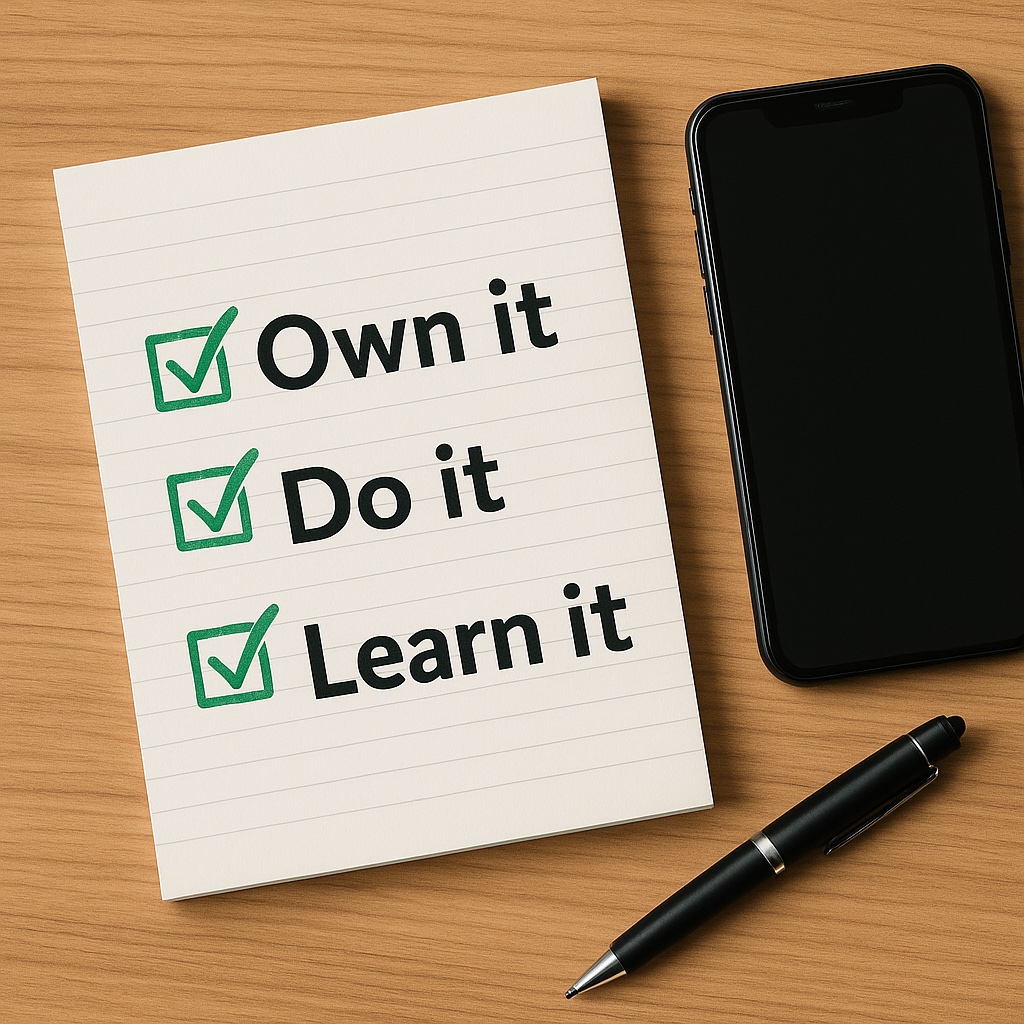The Psychology of LinkedIn: From Networking Hub to Comfort Zone Echo Chamber

- Obituaries of someone’s close/distant relative
- Stories of life-altering illnesses
- Personal confessions bordering on trauma-dumps
- “Inspirational” posts crafted with all the subtlety of a Hallmark card
What happened?
The Shift: From Network to Narcissism
At first, LinkedIn was about credibility and connections. But like every social platform, it tapped into deeper psychological needs:
- Validation
- Belonging
- Recognition
Once users realized that emotionally charged posts drove likes, comments, and the almighty algorithm — the lines blurred. It stopped being about “Who do I know professionally?” and started being about “Who will validate my story?”
The Psychology Behind the Comfort Zone
LinkedIn became the “safe” social platform:
- Not as out-of-control and toxic as X
- Not as vapid as Instagram
- And definitely not as private as Facebook
Here, users learned to trade professionalism for palatable vulnerability — sanitized enough for corporate eyes, raw enough for engagement.
The result? A comfort zone community where echo chambers thrive. Where hard questions — about business, leadership, ethics — get smothered under a blanket of soft, agreeable content.
Agendas and Algorithmic Bias
Let’s get to the point.
- Personal brands hijacked the platform.
- Corporate HR departments used it for employer branding rather than real dialogue.
- And yes — agendas crept in: political, social, ideological.
All carefully curated for LinkedIn’s algorithm, which rewards emotional resonance over professional substance.
Why This Matters
- Networking suffers — real conversations get drowned out by noise.
- Authenticity blurs — when every post feels like a pitch, even grief becomes content.
- Critical thinking fades — comfort-zone posts avoid tough industry debates in favour of low-risk virtue signals.
Can LinkedIn Be Saved?
Maybe. But it requires users — especially leaders — to:
- Post with purpose, not just for reach
- Challenge ideas, not just applaud them
- Respect the platform’s professional roots
The Bottom Line
LinkedIn reflects the psychology of its users — and most of us crave comfort, attention, and affirmation more than we like to admit. It’s on us to break the cycle.
Because when every platform becomes a comfort zone, professional growth dies in silence.





